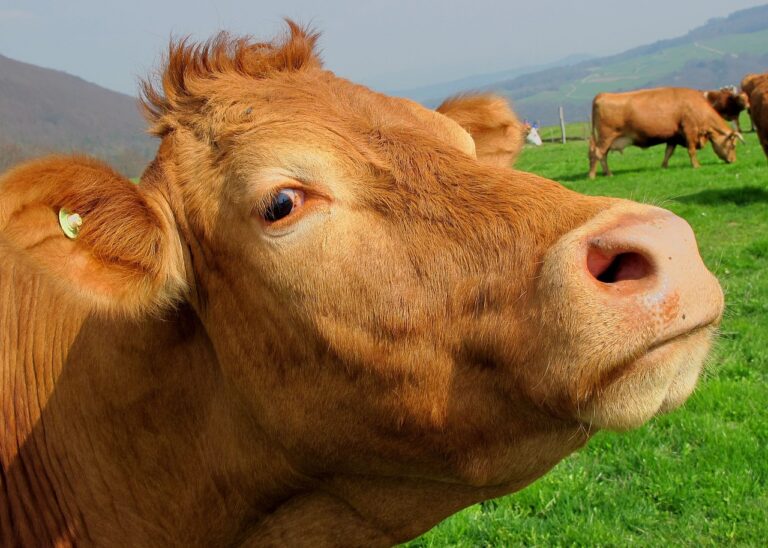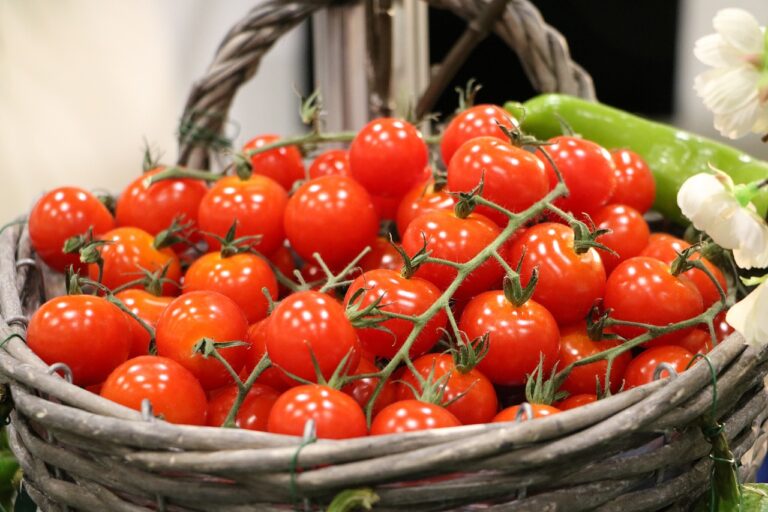The Journey of a Bean: Exploring the World of Specialty Coffee
Specialty coffee traces its beginnings back to the early 1900s when coffee consumption transformed from a mere daily routine to a sophisticated sensory experience. Coffee lovers became more discerning, seeking beans with unique flavours and aromas. This shift paved the way for coffee producers to focus on quality over quantity, leading to the emergence of specialty coffee as we know it today.
The movement towards specialty coffee gained momentum in the 1960s and 1970s, driven by a desire to appreciate the nuances and complexities of coffee. This period saw the rise of small-batch roasters and direct trade relationships between farmers and roasters, allowing for greater transparency and quality control throughout the supply chain. Specialty coffee became synonymous with ethical practices, sustainability, and a commitment to showcasing the distinct characteristics of different coffee regions.
• Specialty coffee traces its beginnings back to the early 1900s
• Coffee consumption transformed into a sophisticated sensory experience
• Coffee lovers became more discerning, seeking beans with unique flavors and aromas
• Movement towards specialty coffee gained momentum in the 1960s and 1970s
• Rise of small-batch roasters and direct trade relationships between farmers and roasters
• Greater transparency and quality control throughout the supply chain
• Specialty coffee became synonymous with ethical practices and sustainability
• Commitment to showcasing distinct characteristics of different coffee regions.
Different Varieties of Coffee Beans
Coffee lovers around the world cherish the diverse array of coffee beans available, each offering a unique flavor profile and aroma. Arabica beans are the most commonly cultivated type, known for their smooth and slightly acidic taste, often with complex floral or fruity notes. On the other hand, Robusta beans are distinguished by their bold, strong flavor and higher caffeine content, making them a popular choice for espresso blends.
Furthermore, there are lesser-known varieties such as Liberica and Excelsa beans, each bringing its own distinctive characteristics to the cup. Liberica beans are notable for their unique, woody flavor with hints of dark chocolate, while Excelsa beans are prized for their tart and fruity notes that add depth to various blends. The world of coffee beans is truly vast and exploring the different varieties can be a delightful journey for any coffee enthusiast.
The Roasting Process
Roasting is a crucial step in the coffee production process. It is during this stage that the green coffee beans are transformed into the aromatic and flavorful beans that we are familiar with. The roasting process involves applying heat to the beans, causing them to undergo a series of chemical reactions that develop their complex flavors and aromas.
The duration and temperature of the roasting process are carefully monitored to achieve the desired level of roast. In general, lighter roasts tend to retain more of the unique characteristics of the coffee bean, while darker roasts result in a richer, more robust flavor profile. Roasters often experiment with different roasting techniques to bring out the best in each batch of beans, resulting in a wide range of roasts available to coffee enthusiasts.
What is specialty coffee?
Specialty coffee refers to coffee made from high-quality beans that are grown in specific regions and are processed with care to enhance their unique flavors.
What are the different varieties of coffee beans?
The two main types of coffee beans are Arabica and Robusta. Arabica beans are known for their smooth, mild flavor, while Robusta beans have a stronger, more bitter taste.
What is the roasting process?
The roasting process involves heating green coffee beans at high temperatures to bring out their flavors. The beans are roasted until they reach the desired level of darkness, which can range from light to dark depending on the desired flavor profile.







